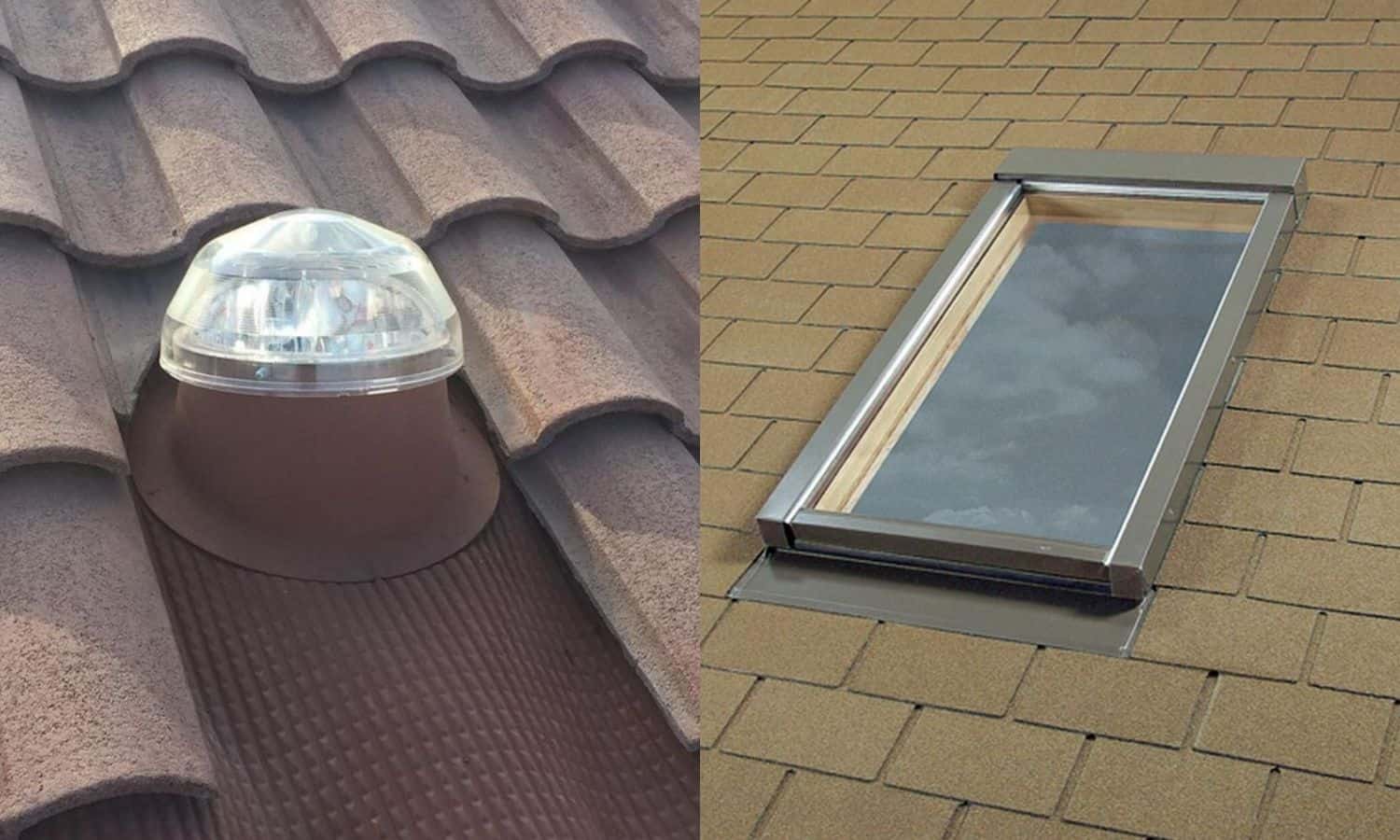

Articles
Which Is Better Solar Tube Or Skylight
Modified: October 20, 2024
Looking for information on solar tubes and skylights? Read our articles to find out which option is better for your home's lighting needs.
(Many of the links in this article redirect to a specific reviewed product. Your purchase of these products through affiliate links helps to generate commission for Storables.com, at no extra cost. Learn more)
Introduction
Solar tubes and skylights are both popular choices when it comes to bringing natural light into a space. They provide a great alternative to artificial lighting, allowing homeowners to enjoy the benefits of sunlight throughout the day. However, choosing between solar tubes and skylights can be a daunting task, especially if you’re unfamiliar with their differences and advantages.
In this article, we will explore the definitions of solar tubes and skylights, and delve into the distinctive features of each option. We will also discuss their lighting and energy efficiency, cost analysis, installation process and requirements, as well as their maintenance and durability.
By understanding the key differences between solar tubes and skylights, you can make an informed decision in selecting the best option for your needs. So let’s dive in and discover which option is better suited for your space: solar tubes or skylights.
Key Takeaways:
- Solar tubes are a cost-effective and energy-efficient option, providing focused light output and minimal maintenance. Ideal for smaller spaces and retrofitting projects, they offer a budget-friendly solution for bringing natural light indoors.
- Skylights offer broader illumination and aesthetic appeal, but may require more extensive installation and maintenance. While they enhance larger spaces, they come with potential energy efficiency challenges and higher upfront costs. Consider your specific needs and long-term goals when choosing between solar tubes and skylights.
Definition of Solar Tube and Skylight
Before we delve into the differences between solar tubes and skylights, let’s first understand what each of these options entails.
A solar tube, also known as a sun tunnel or light pipe, is a tubular device that captures sunlight through a small collector installed on the roof. The captured sunlight is then transferred through a highly reflective tube and distributed into the interior space using a diffuser. Solar tubes are typically smaller in diameter, ranging from 10 to 18 inches, and they are designed to bring natural daylight into areas where traditional windows or skylights are not feasible.
On the other hand, a skylight is a window-like opening installed in the roof or ceiling of a building. It allows natural light from the sun to enter the space, illuminating the interior. Skylights come in various shapes and sizes and can be fixed or operable. They can be a flush-mounted unit on a flat roof or a sloped unit on a pitched roof.
Both solar tubes and skylights serve the purpose of bringing natural light into a space, but their designs and mechanisms differ, leading to distinct differences in their performance and installation.
Now that we have a basic understanding of solar tubes and skylights, let’s explore their differences in more detail.
Differences between Solar Tube and Skylight
While both solar tubes and skylights provide natural light, there are several key differences between the two options that you should consider. These differences include their lighting and energy efficiency, cost analysis, installation process and requirements, as well as their maintenance and durability.
Lighting and Energy Efficiency: Solar tubes are designed to capture and transfer sunlight into interior spaces using reflective tubes. This allows for a more focused and intense light output. Skylights, on the other hand, provide a broader illumination, as they allow sunlight to directly enter the space. However, skylights can lead to more heat gain and loss, resulting in potential energy inefficiencies.
Cost Analysis: Solar tubes are generally more affordable than skylights, both in terms of product cost and installation expenses. Skylights often require more extensive construction work, such as cutting through the roof and framing the opening. Additionally, skylights may require additional features like blinds or shading systems, which can add to the overall cost.
Installation Process and Requirements: Installing a solar tube is typically easier and less invasive compared to installing a skylight. Solar tubes can be installed in existing buildings without major structural modifications, making them a great option for retrofitting. Skylights, on the other hand, require careful planning and may involve more complex installation procedures, such as roofing work and interior finishing.
Maintenance and Durability: Solar tubes are generally low-maintenance, requiring occasional cleaning of the diffuser and reflective surfaces. They are also less prone to leaks or water damage since they do not penetrate the roof. Skylights, on the other hand, need regular cleaning and inspection to ensure they are free from debris, and they may require sealing or weatherproofing to prevent leaks.
Considering these differences can help you make a more informed decision on whether a solar tube or skylight is better suited for your space. In the next sections, we will delve deeper into each aspect to provide a comprehensive comparison of the two options.
Comparison of Lighting and Energy Efficiency
When it comes to lighting and energy efficiency, solar tubes and skylights have distinct characteristics that should be taken into consideration.
Solar Tubes: Solar tubes excel in providing focused and intense light output. They capture sunlight through a small collector on the roof and transfer it through a highly reflective tube to the interior space. The tubes are engineered to maximize the reflective properties, ensuring that a significant amount of daylight reaches the desired area. This focused light can be particularly beneficial in spaces that require concentrated illumination, such as corridors, closets, or small rooms.
In terms of energy efficiency, solar tubes are highly regarded. By harnessing natural sunlight, they minimize the need for artificial lighting during the day, reducing energy consumption and utility costs. They also do not contribute to heat gain and loss, as the light is effectively transferred without impacting the temperature of the room. This makes solar tubes an eco-friendly and energy-saving option.
Skylights: Skylights, while also providing natural light, offer a broader and more diffuse illumination. With the direct entry of sunlight, skylights can create a more natural and evenly distributed lighting experience throughout the day. This can be advantageous in larger spaces, such as living rooms or offices, where a wide coverage of natural light is desired.
However, skylights can have potential drawbacks in terms of energy efficiency. While they bring in natural light, skylights can also allow for heat gain during hot summer months and heat loss during colder seasons. This can put an added strain on HVAC systems, potentially resulting in higher energy consumption to maintain a comfortable indoor temperature. To mitigate this, skylights with energy-efficient glazing and proper shading systems can be utilized.
When comparing the lighting and energy efficiency of solar tubes and skylights, it ultimately depends on the specific needs of the space. If you require concentrated lighting in smaller areas and prioritize energy efficiency, solar tubes are a great choice. On the other hand, if you prefer wide and diffuse lighting and are willing to manage potential energy efficiency challenges, skylights can be a suitable option.
In the next sections, we will delve into the cost analysis, installation process and requirements, as well as the maintenance and durability of solar tubes and skylights to further aid in your decision-making process.
When deciding between a solar tube and a skylight, consider the amount of natural light needed, the size of the space, and the desired energy efficiency. Solar tubes are great for smaller spaces and can be more energy efficient, while skylights are better for larger areas and provide a wider view of the sky.
Cost Analysis
When considering solar tubes or skylights, it’s important to weigh the cost implications of each option. The cost analysis involves not only the initial purchase and installation expenses but also the long-term value and potential savings.
Solar Tubes: One of the advantages of solar tubes is their affordability. Compared to skylights, solar tube systems are generally more cost-effective. The price of a solar tube can vary depending on factors such as size, brand, and additional features. On average, a solar tube can range from $200 to $600, excluding installation costs.
In terms of installation expenses, solar tubes are relatively straightforward, especially when retrofitting them into existing buildings. The installation process typically involves cutting a hole in the roof, routing the reflective tube, and mounting the diffuser in the desired location. Depending on the complexity of the installation and any additional adjustments required, installation costs can range from $500 to $1,500.
Overall, solar tubes offer a cost-effective solution for bringing natural light into a space. Additionally, the energy savings from reduced reliance on artificial lighting can contribute to long-term financial benefits.
Skylights: Skylights tend to be more expensive than solar tubes due to the additional construction work involved. The cost of a skylight can vary depending on factors such as size, materials, style, and any added features like remote-controlled blinds or shades. On average, the price range for a skylight can be anywhere from $500 to $3,000.
Installation costs for skylights can be higher than solar tubes, primarily due to the complexity of the installation process. This may involve cutting through the roof, adding structural support if necessary, installing flashing to ensure a watertight seal, and finishing the interior around the skylight. Installation costs for skylights can range from $1,000 to $5,000, based on the scope of the project and any additional requirements.
While skylights may have higher upfront costs, they can enhance the aesthetic appeal and resale value of a property. It’s important to consider the long-term benefits and potential energy savings that skylights can bring, as they provide natural lighting and reduce reliance on artificial lighting during the day.
Ultimately, the cost analysis between solar tubes and skylights will depend on your budget, the specific needs of your space, and the long-term value you hope to achieve. Consider your priorities and financial constraints when making a decision.
In the next sections, we will discuss the installation process and requirements, as well as the maintenance and durability factors to further guide your decision-making process.
Read more: How To Install A Skylight Tube
Installation Process and Requirements
The installation process and requirements for solar tubes and skylights differ in terms of complexity and the modifications needed for your space.
Solar Tubes: Installing a solar tube is generally a simpler and less invasive process compared to installing a skylight. Here are the general steps involved in the installation:
- Determine the ideal location for the solar tube on your roof and ceiling, taking into account factors such as room layout and the path of the sun.
- Prepare the installation area by measuring and marking the hole for the roof penetration.
- Cut through the roof and install the flashing to create a watertight seal around the roof penetration.
- Attach the reflective tube, ensuring that it is properly aligned and secured.
- Connect the diffuser to the reflective tube on the ceiling, ensuring a tight fit.
- Seal any gaps to prevent air leaks and ensure proper insulation.
The installation requirements for solar tubes are generally minimal. Depending on your local building codes and regulations, you may need to obtain permits or hire a professional installer. It’s important to consult with a qualified contractor or installation specialist to ensure a safe and proper installation.
Skylights: Installing a skylight is a more complex process compared to solar tubes, as it involves more extensive modifications to your roof and ceiling. Here are the general steps involved in the installation:
- Determine the ideal location for the skylight on your roof and ceiling, considering factors such as room layout, structural support, and the path of the sun.
- Measure and mark the area on the roof where the skylight will be installed.
- Cut through the roof and frame the opening, ensuring proper support for the skylight.
- Install the skylight, including the flashing and weatherproofing materials, to create a watertight seal.
- Finish the interior around the skylight, ensuring proper insulation and aesthetics.
The installation requirements for skylights are more involved and may require the expertise of a professional contractor or skilled installer. Depending on your location and the type of skylight, you may also need to comply with local building codes and obtain necessary permits.
Before undertaking any installation process, it is recommended to consult with professionals to ensure proper installation, adherence to regulations, and the safety of your home.
In the following section, we will discuss the maintenance and durability factors of solar tubes and skylights to help you make a well-rounded decision.
Maintenance and Durability
The maintenance and durability of solar tubes and skylights are important factors to consider when choosing between the two options. Here’s a breakdown of what to expect in terms of upkeep and longevity:
Solar Tubes: Solar tubes typically require minimal maintenance due to their design and installation. However, there are a few key maintenance tasks to keep in mind:
- Regular Cleaning: Over time, dust and dirt can accumulate on the diffuser and reflective surfaces of the solar tube, reducing its light output. It’s important to clean these components periodically using a non-abrasive cleaner and a soft cloth or sponge.
- Checking for Leaks: While solar tubes are less prone to leaks since they do not penetrate the roof, it’s still important to check for any signs of water infiltration or damage. Inspect the roof flashing and ensure that it is properly sealed to prevent any potential leaks during heavy rain or snowfall.
- Inspecting the Tube and Diffuser: Periodically inspect the reflective tube and diffuser for any cracks, damage, or discoloration. If you notice any issues, it’s best to contact a professional to assess and address the problem.
With proper care and maintenance, solar tubes can have a long lifespan. The reflective tube is often made of durable materials like aluminum or polished steel, designed to withstand the elements and provide reliable performance for years to come.
Skylights: Skylights require more regular maintenance due to their exposure to the elements and potential for leakage. Here are some key maintenance tasks for skylights:
- Cleaning: Skylights should be cleaned periodically to remove dirt, debris, and any buildup that can obstruct the clarity of the glass or the light transmission. Use a mild, non-abrasive cleaner and a soft cloth to avoid scratching the glass surface.
- Checking for Leaks: Skylights are more prone to leaks due to their penetration of the roof. Regularly inspect the skylight for any signs of water infiltration, such as water stains on the ceiling or cracks in the sealant. Address any issues promptly to prevent further damage.
- Inspecting the Seals and Flashing: Check the seals and flashing around the skylight to ensure they are intact and in good condition. Replace any worn-out or damaged seals or flashing to maintain a watertight seal.
The durability of skylights depends on various factors, such as the quality of the materials used and the installation craftsmanship. High-quality skylights made of impact-resistant glass or acrylic and properly installed with quality sealing materials are more likely to withstand the elements and have a longer lifespan.
In summary, solar tubes generally require less maintenance compared to skylights due to their design and installation. However, regular cleaning and inspections are still necessary to ensure optimal performance. Skylights require more regular maintenance, especially regarding leak prevention and glass cleaning.
By considering the maintenance requirements and durability of solar tubes and skylights, you can better assess which option aligns with your maintenance capabilities and desired longevity.
In the next section, we will conclude our discussion and help you make an informed decision on whether a solar tube or skylight is better suited for your needs.
Conclusion
After exploring the differences between solar tubes and skylights, considering factors such as lighting and energy efficiency, cost analysis, installation process and requirements, as well as maintenance and durability, it’s time to draw a conclusion about which option is better suited for your needs.
Ultimately, the choice between solar tubes and skylights depends on your specific requirements, budget, and the characteristics of your space. Here’s a summary of the key points to consider:
1. Lighting and Energy Efficiency: Solar tubes provide focused and intense light output, while skylights offer a broader and more diffuse illumination. Solar tubes are highly energy-efficient, reducing the need for artificial lighting during the day. Skylights, however, may have challenges with heat gain and loss, potentially impacting energy efficiency.
2. Cost Analysis: Solar tubes are generally more affordable than skylights, both in terms of product cost and installation expenses. Skylights may require more extensive construction work and additional features, leading to higher upfront costs.
3. Installation Process and Requirements: Solar tubes are easier to install, often requiring minimal modifications to the roof and ceiling. Skylights involve more complex installation procedures, including cutting through the roof and potential structural modifications.
4. Maintenance and Durability: Solar tubes require minimal maintenance, while skylights need regular cleaning and inspections to prevent leaks and ensure proper performance. Both options can be durable, with the longevity influenced by the quality of materials and installation craftsmanship.
Considering these factors, solar tubes are a great option for spaces that require concentrated lighting, energy efficiency, and cost-effectiveness. They are ideal for smaller areas and retrofitting projects. On the other hand, skylights provide a wider illumination and can enhance the aesthetics of larger spaces, at the expense of potential energy efficiency challenges and higher upfront costs.
It’s important to evaluate your specific needs, budget, and long-term goals to make the best choice for your space. Consulting with professionals and considering their recommendations can also provide valuable insights and guidance.
Ultimately, both solar tubes and skylights offer the opportunity to bring natural light into your home, enhancing the ambiance and reducing dependence on artificial lighting. With careful consideration of the factors outlined in this article, you can make an informed decision on whether a solar tube or skylight is the better choice for your space.
By prioritizing your lighting preferences, energy efficiency goals, budget constraints, installation requirements, and maintenance capabilities, you can find the perfect solution to brighten up your space and enjoy the benefits of natural daylight.
Frequently Asked Questions about Which Is Better Solar Tube Or Skylight
Was this page helpful?
At Storables.com, we guarantee accurate and reliable information. Our content, validated by Expert Board Contributors, is crafted following stringent Editorial Policies. We're committed to providing you with well-researched, expert-backed insights for all your informational needs.
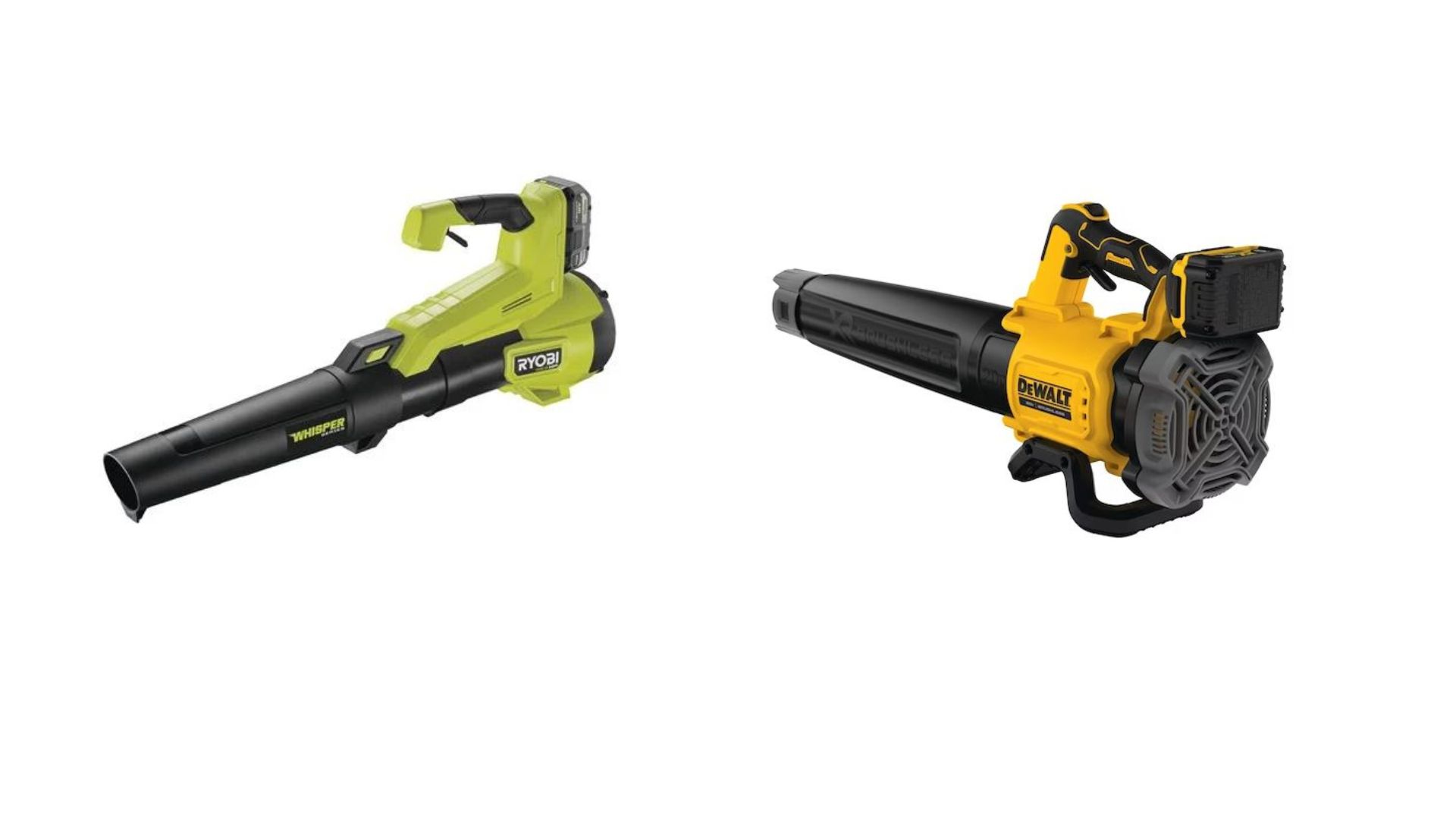
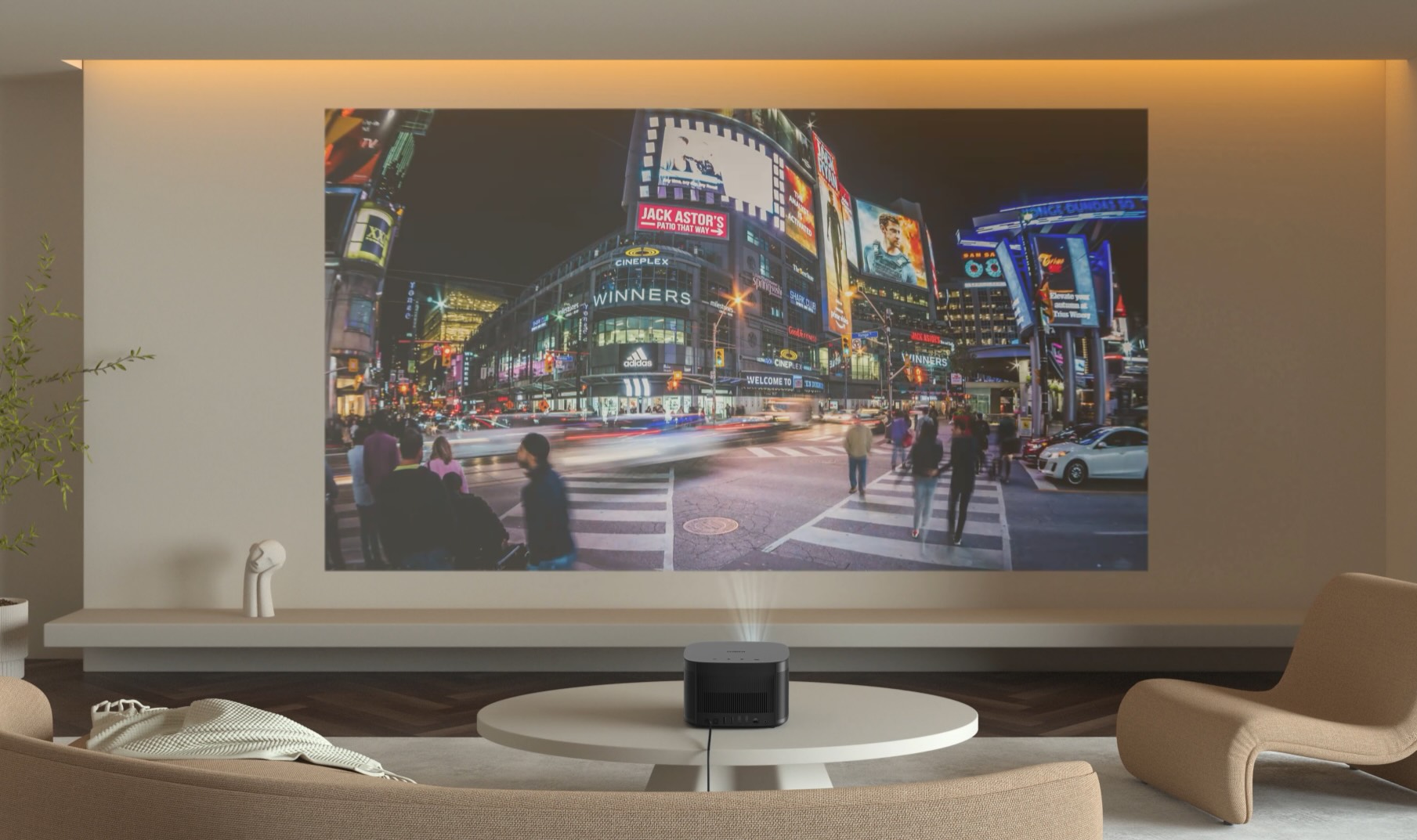
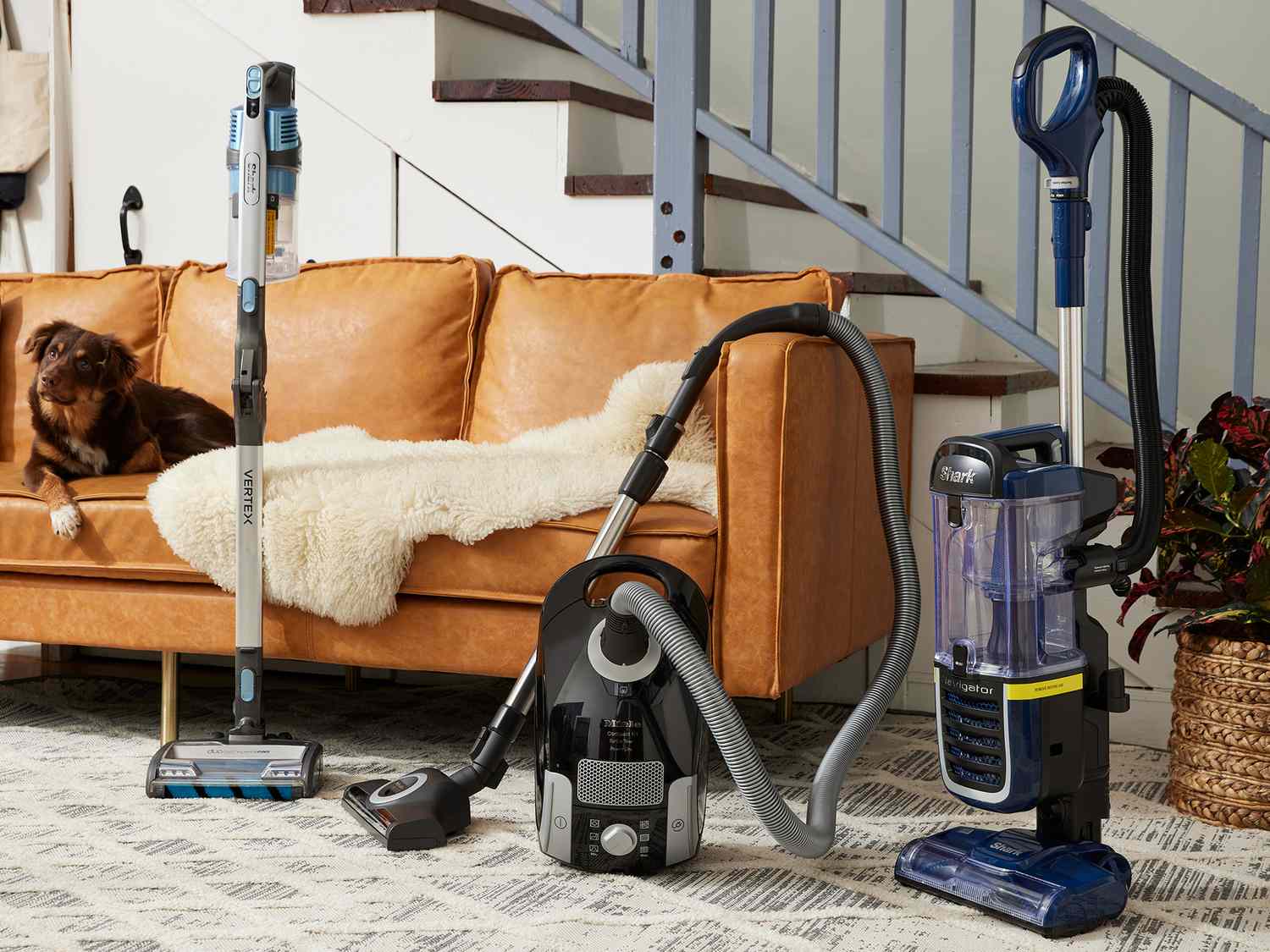
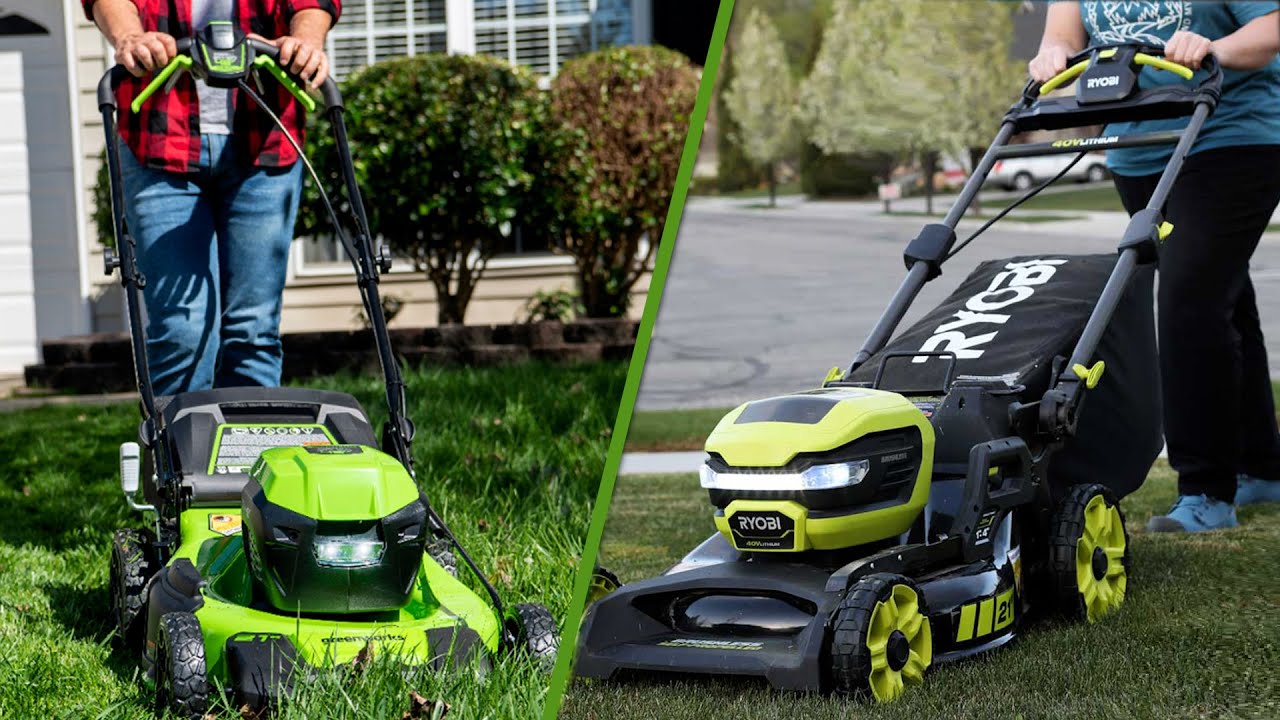
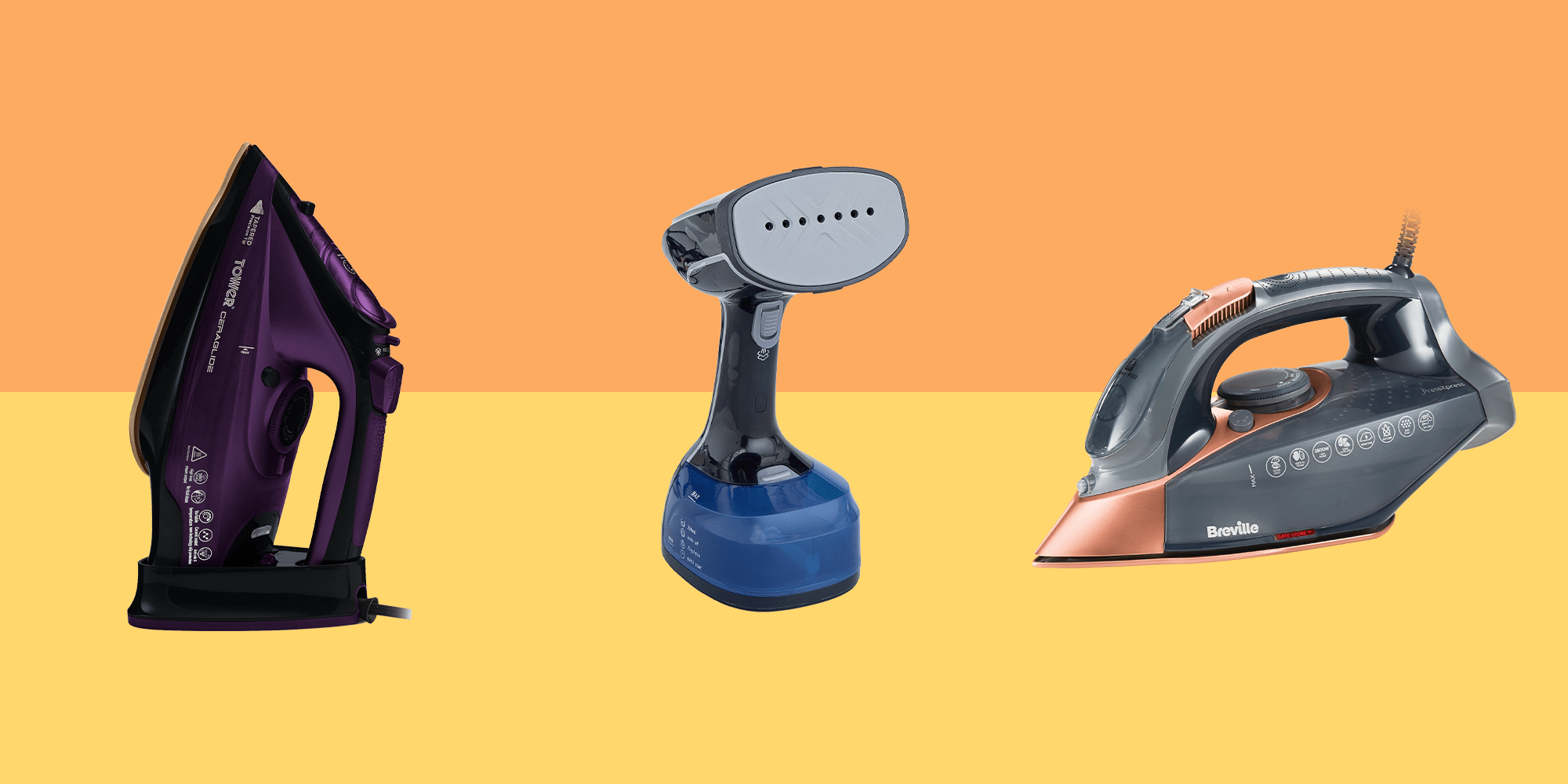

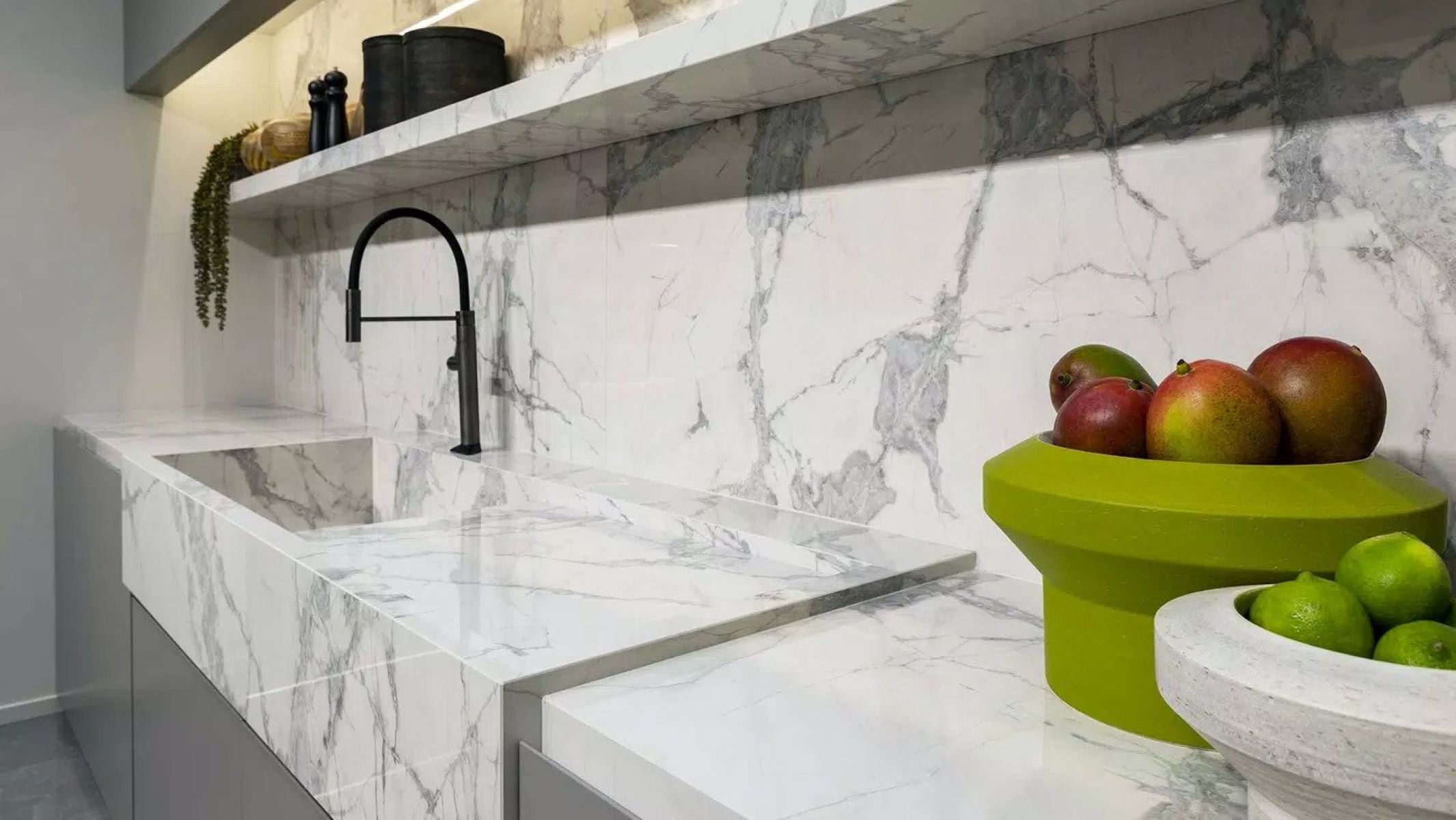


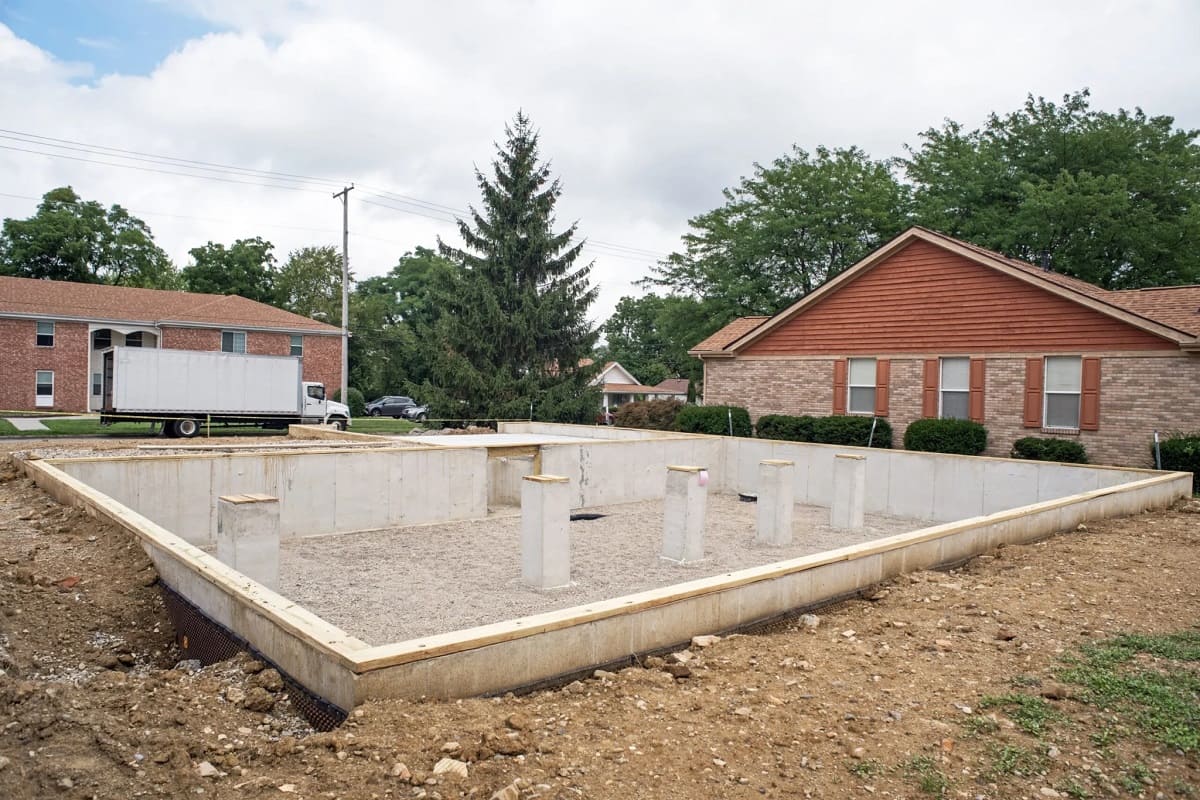

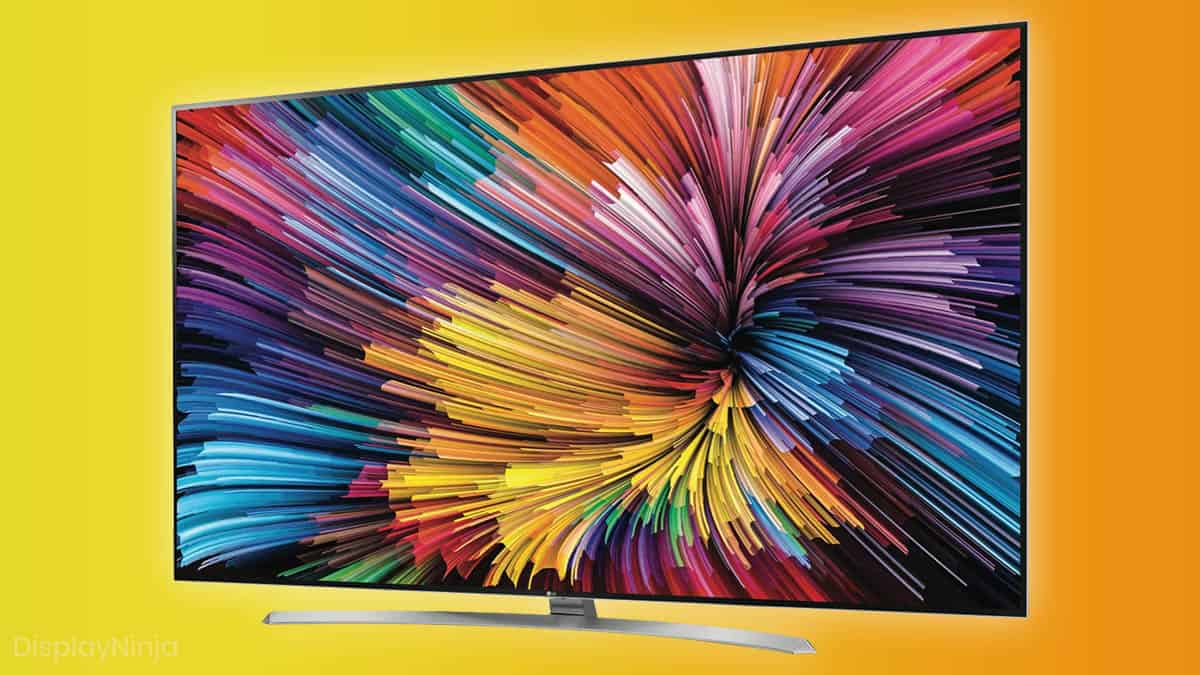
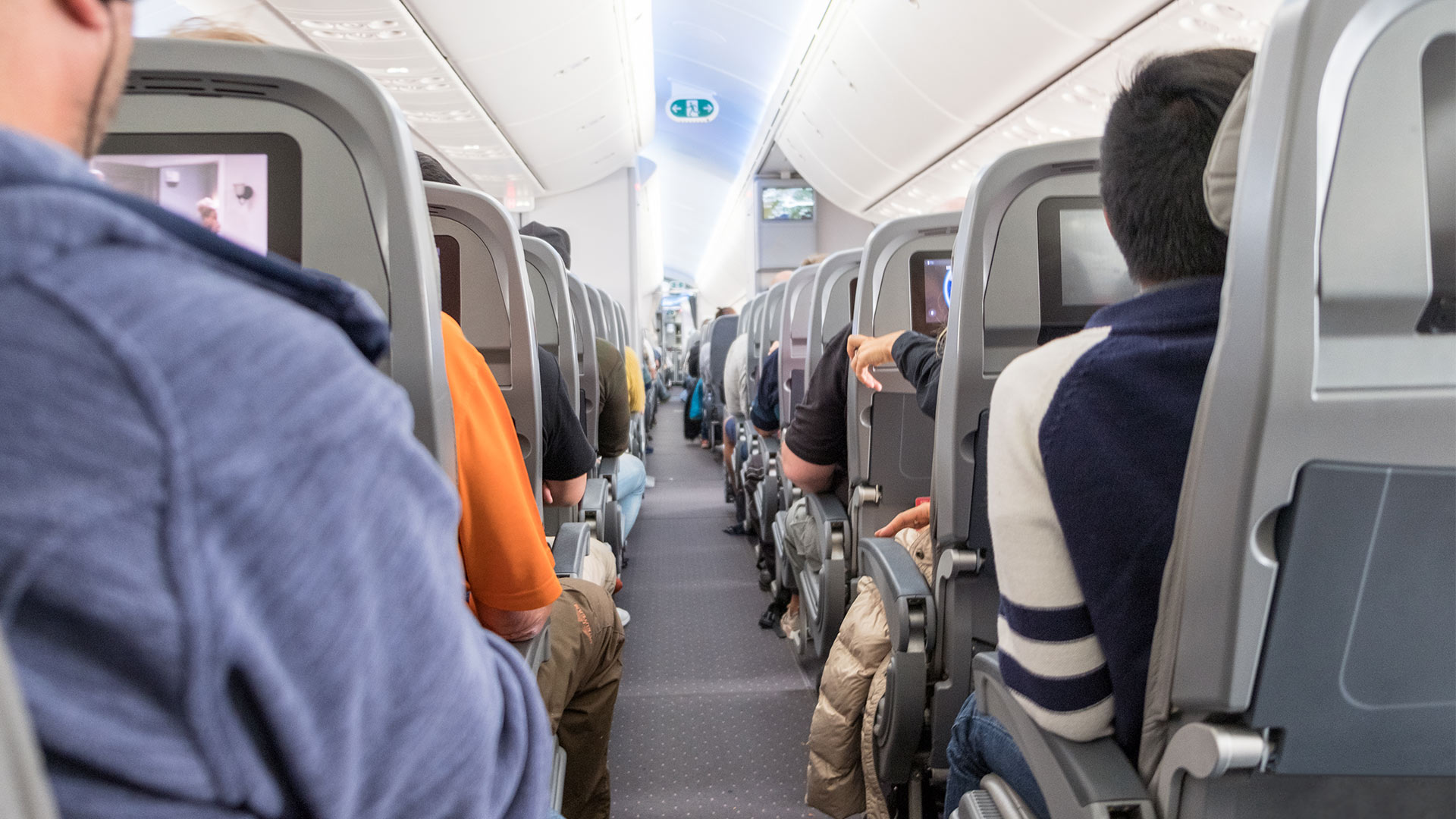
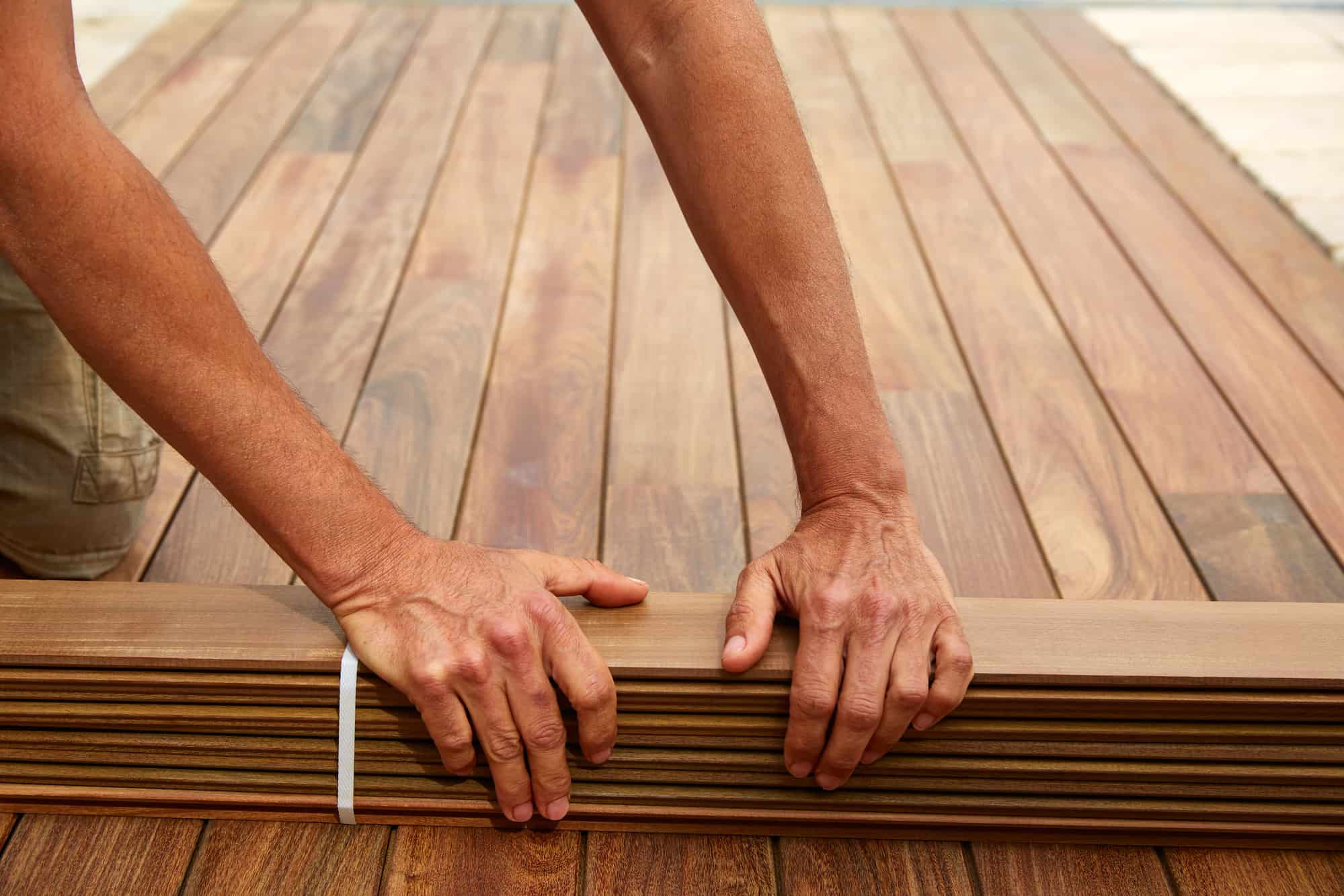

0 thoughts on “Which Is Better Solar Tube Or Skylight”